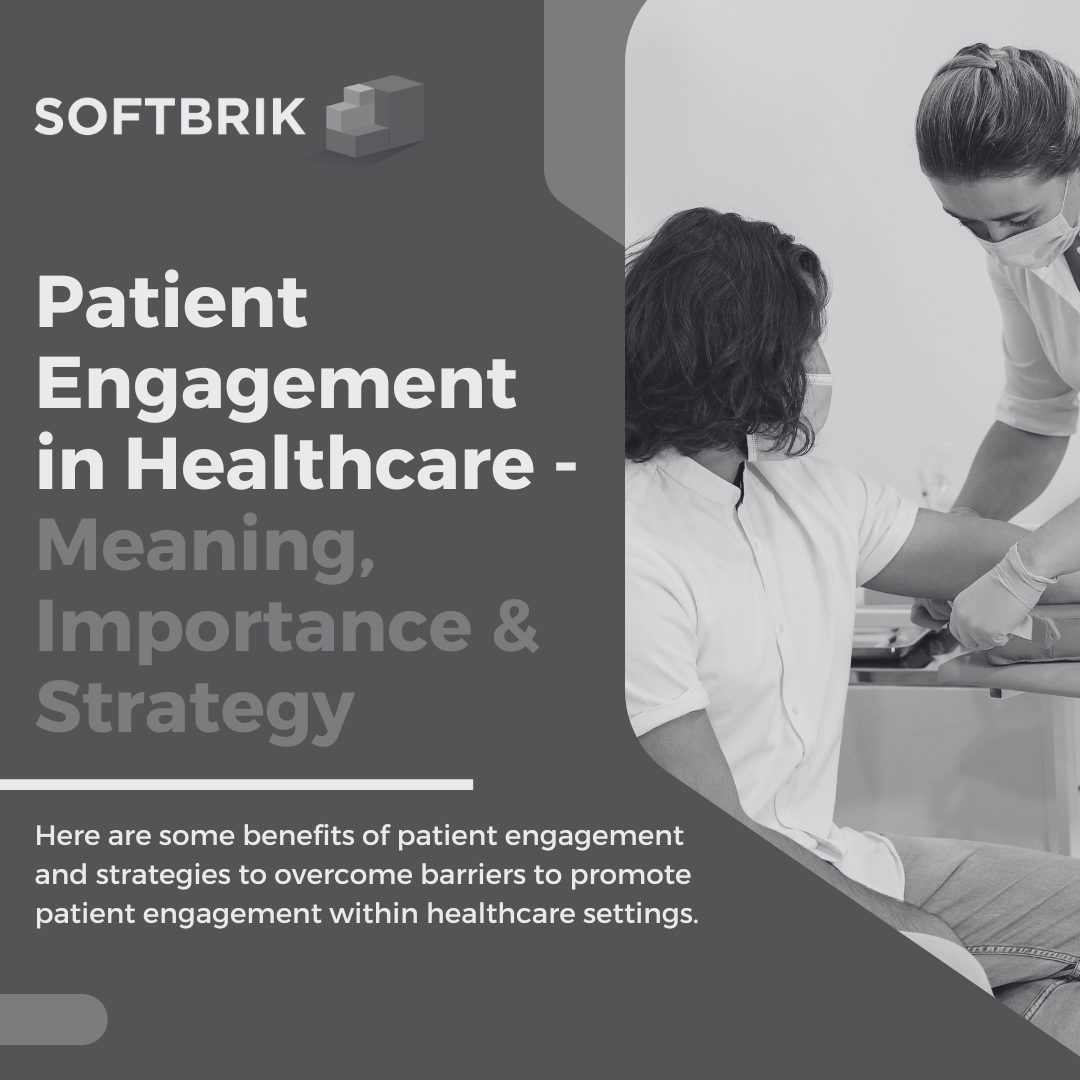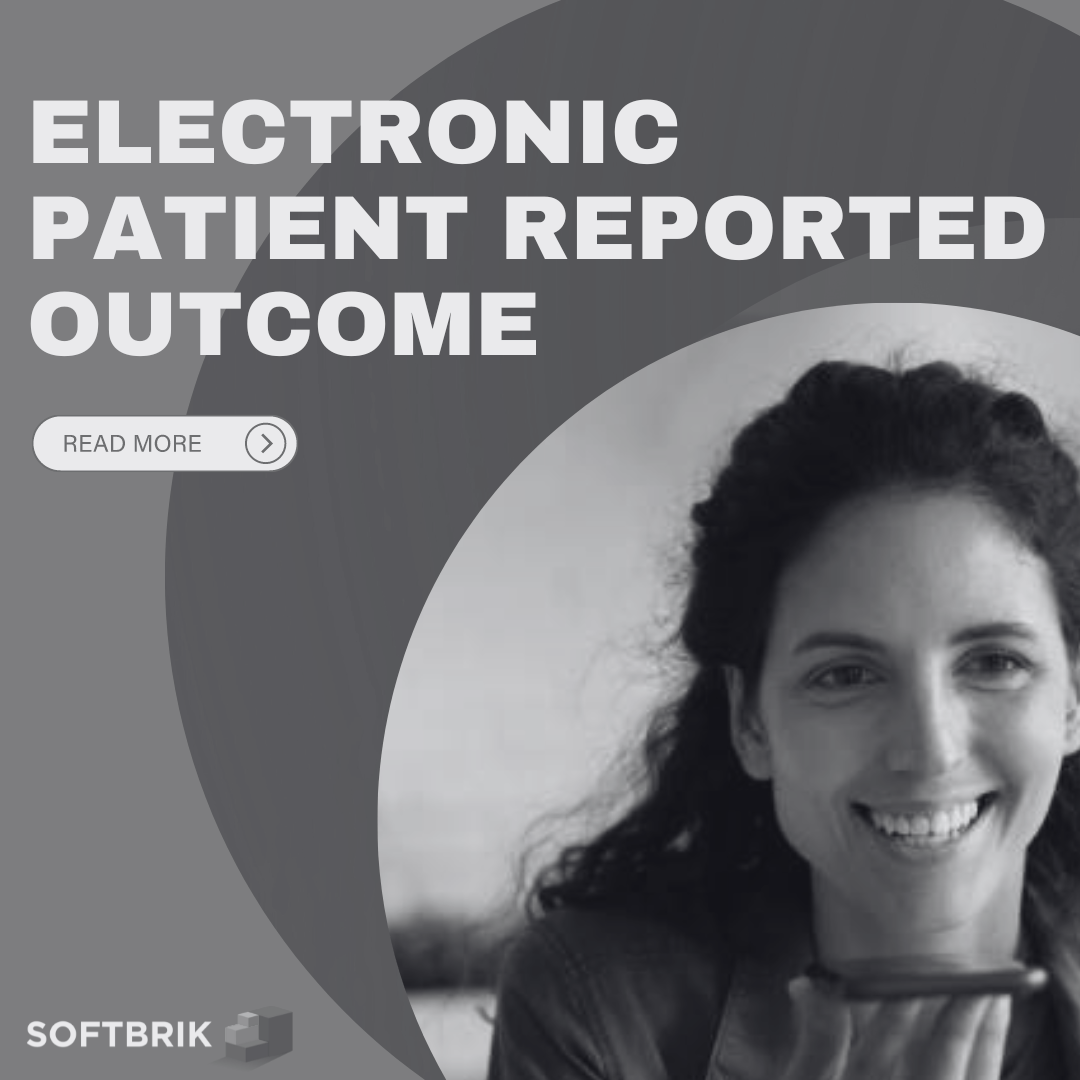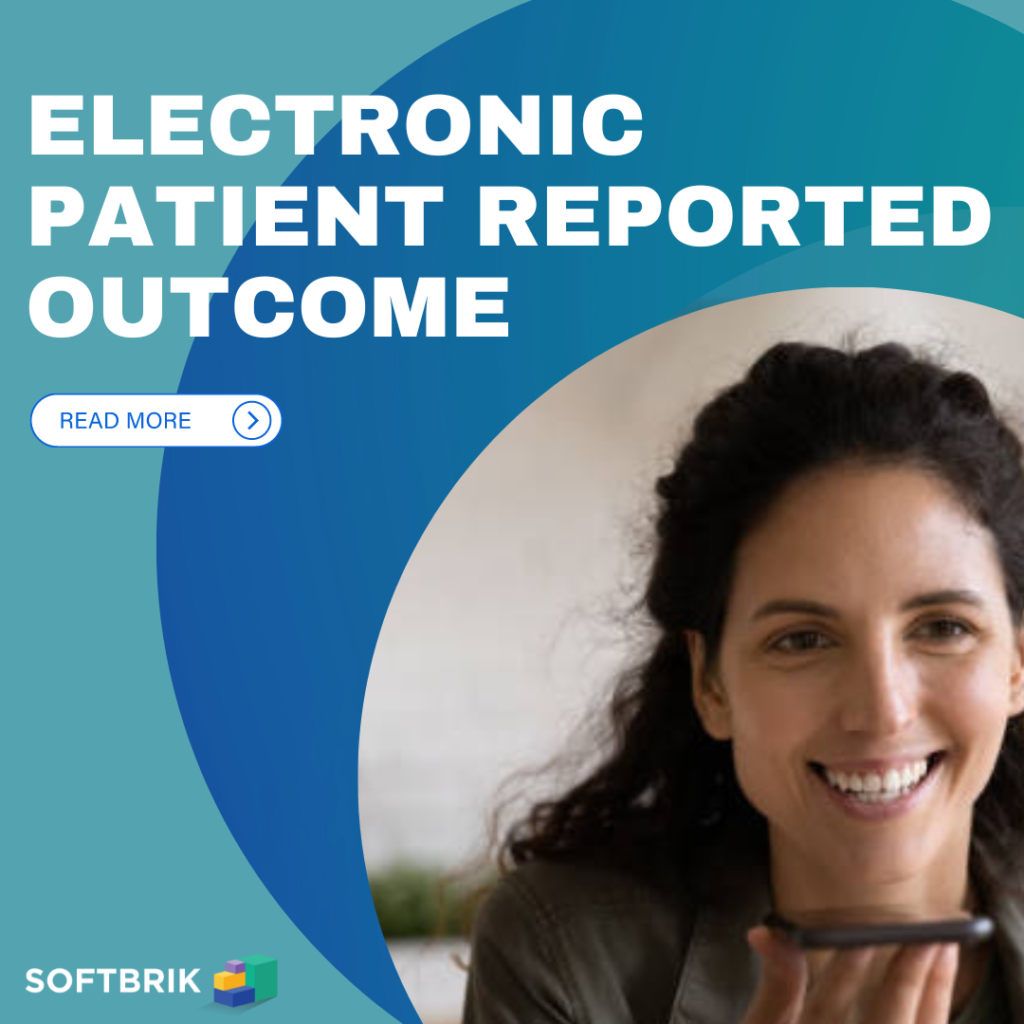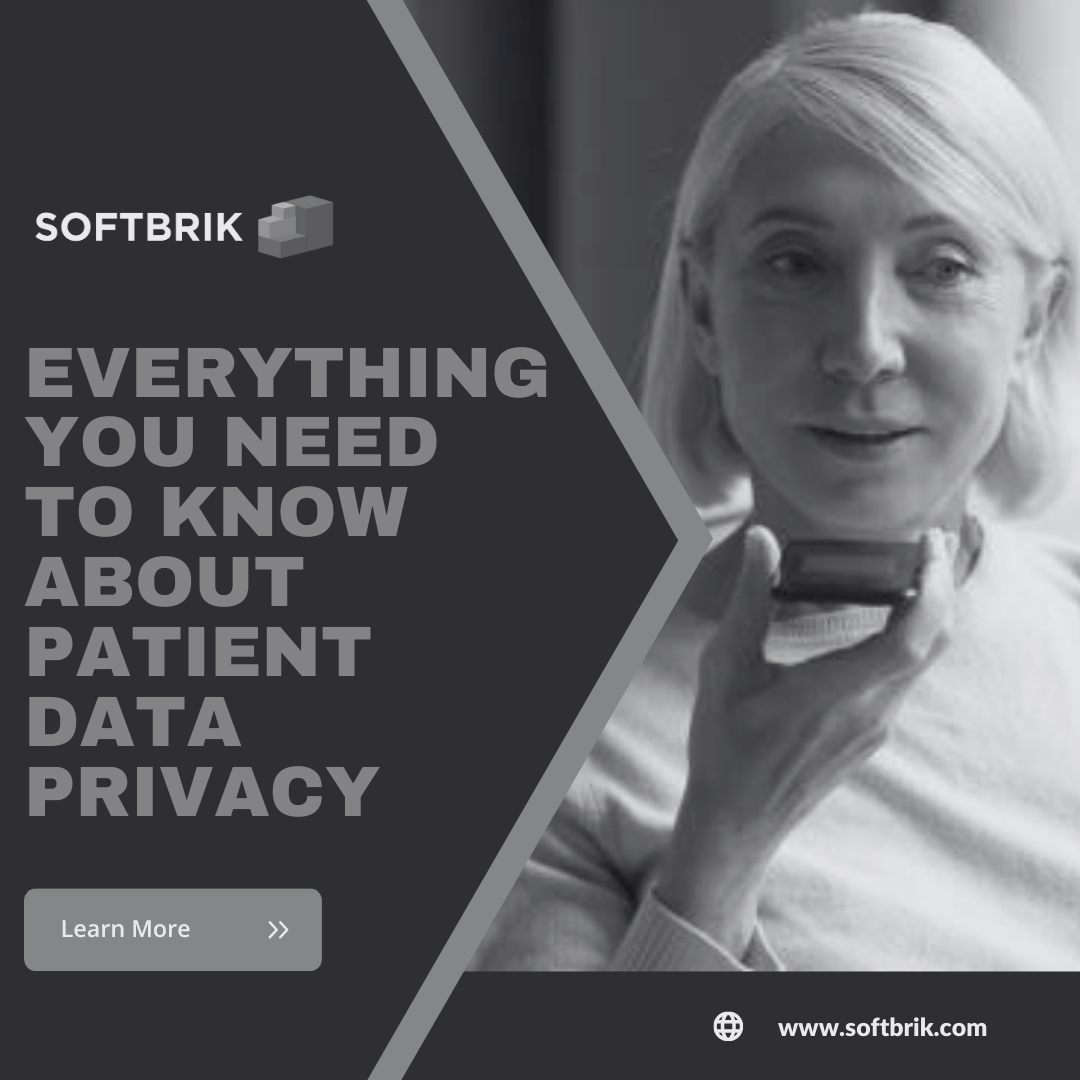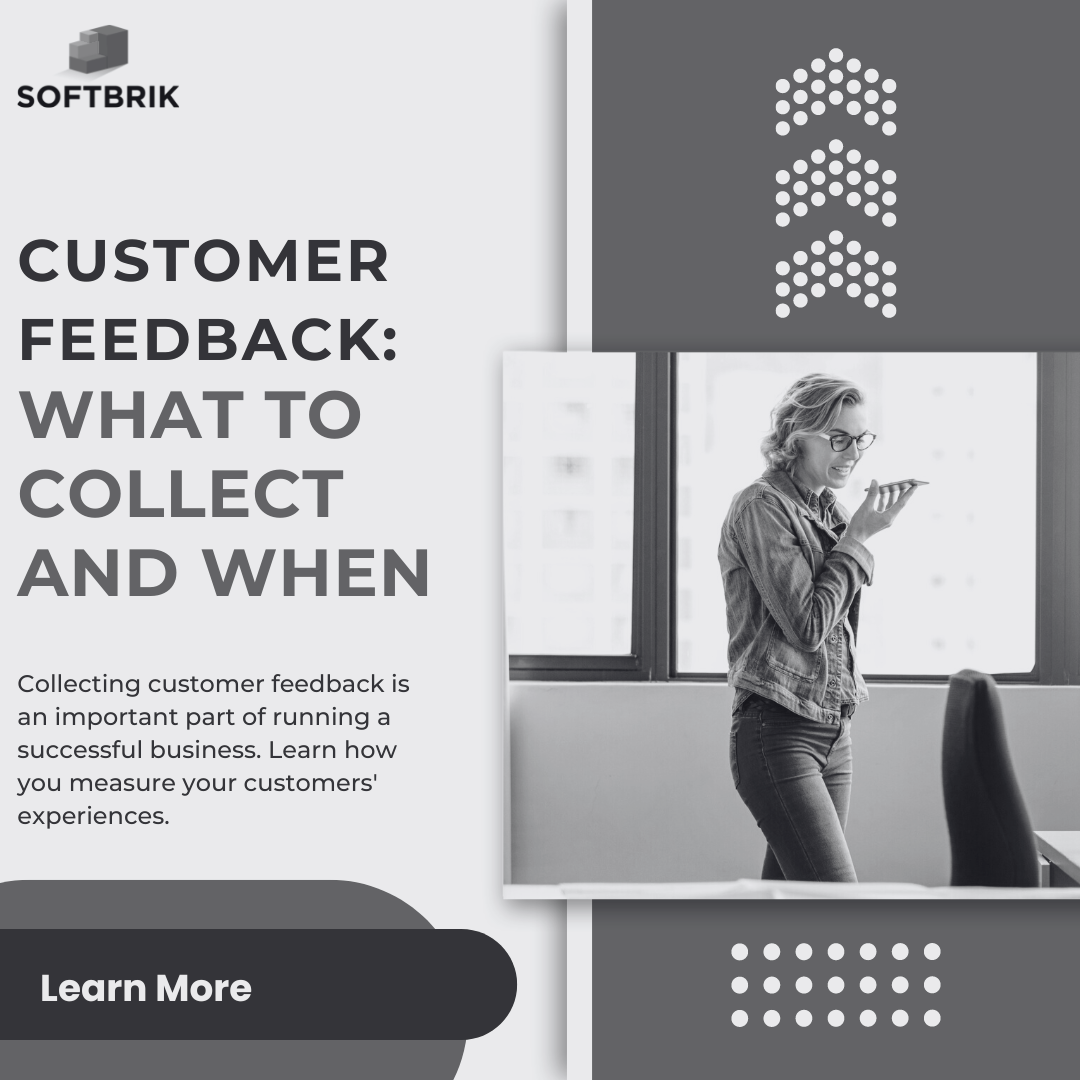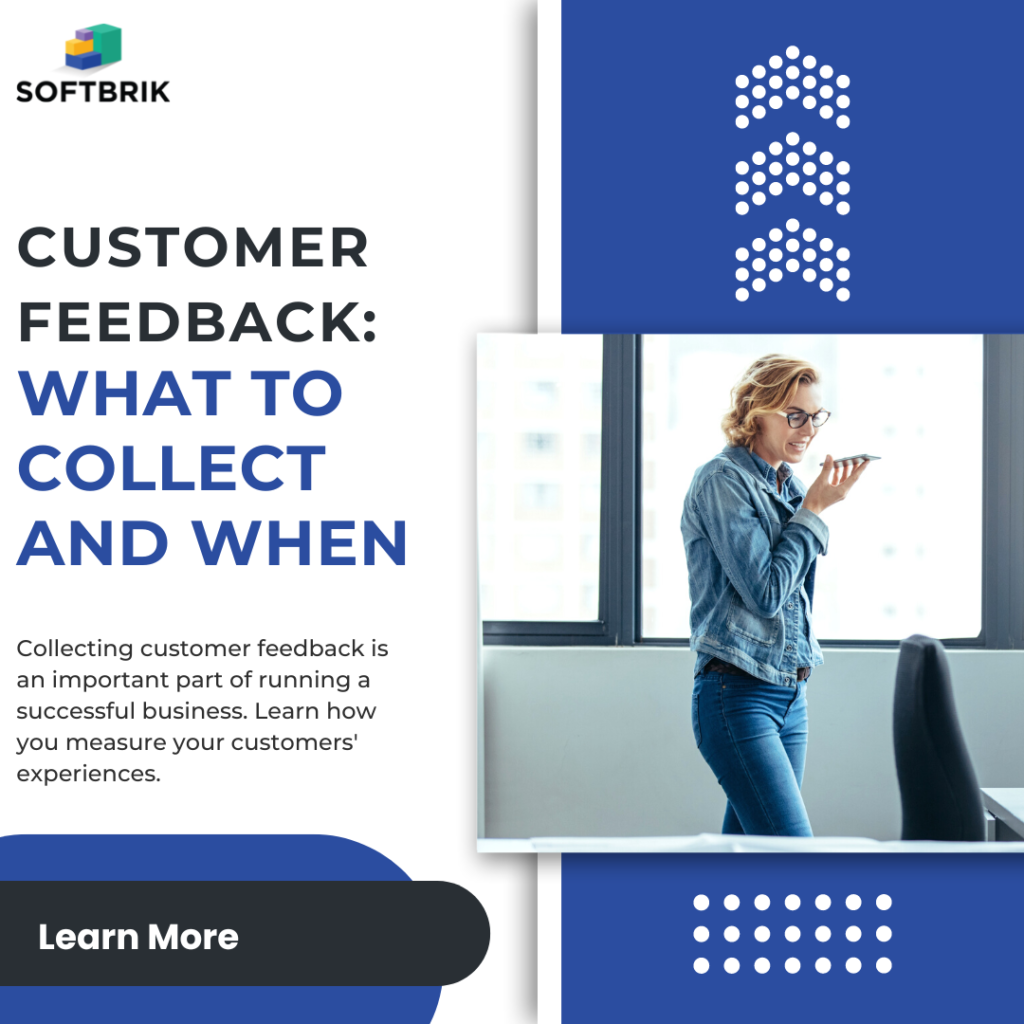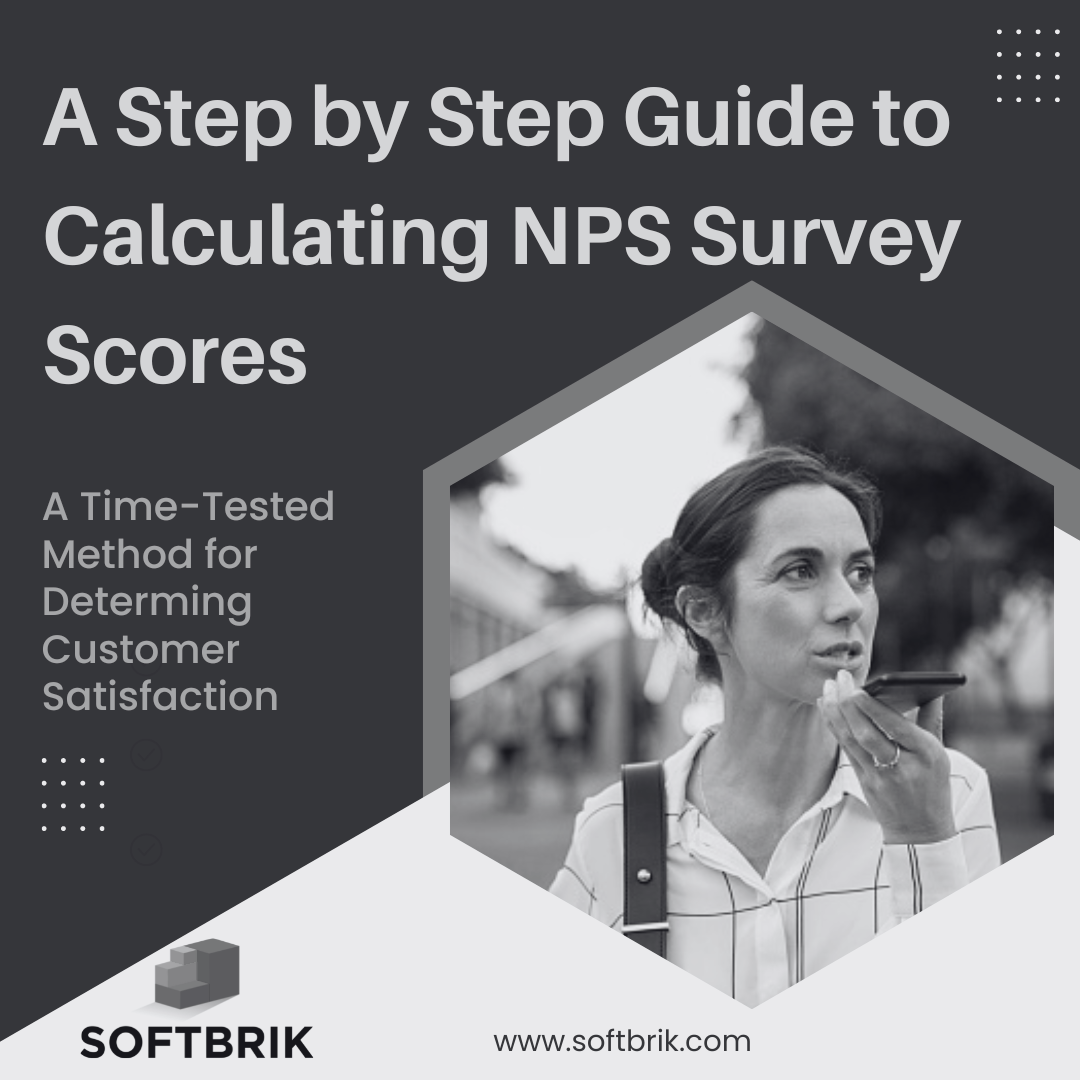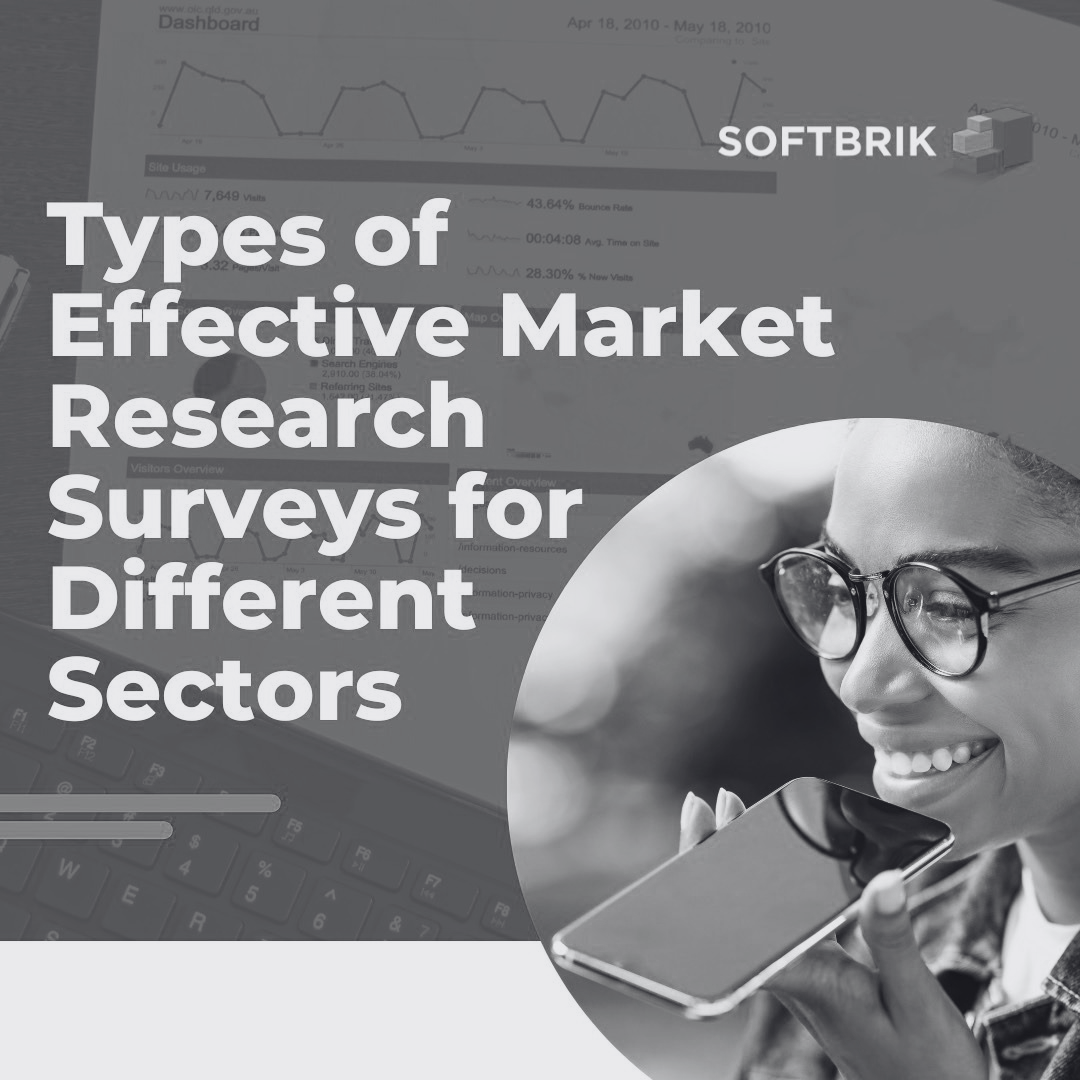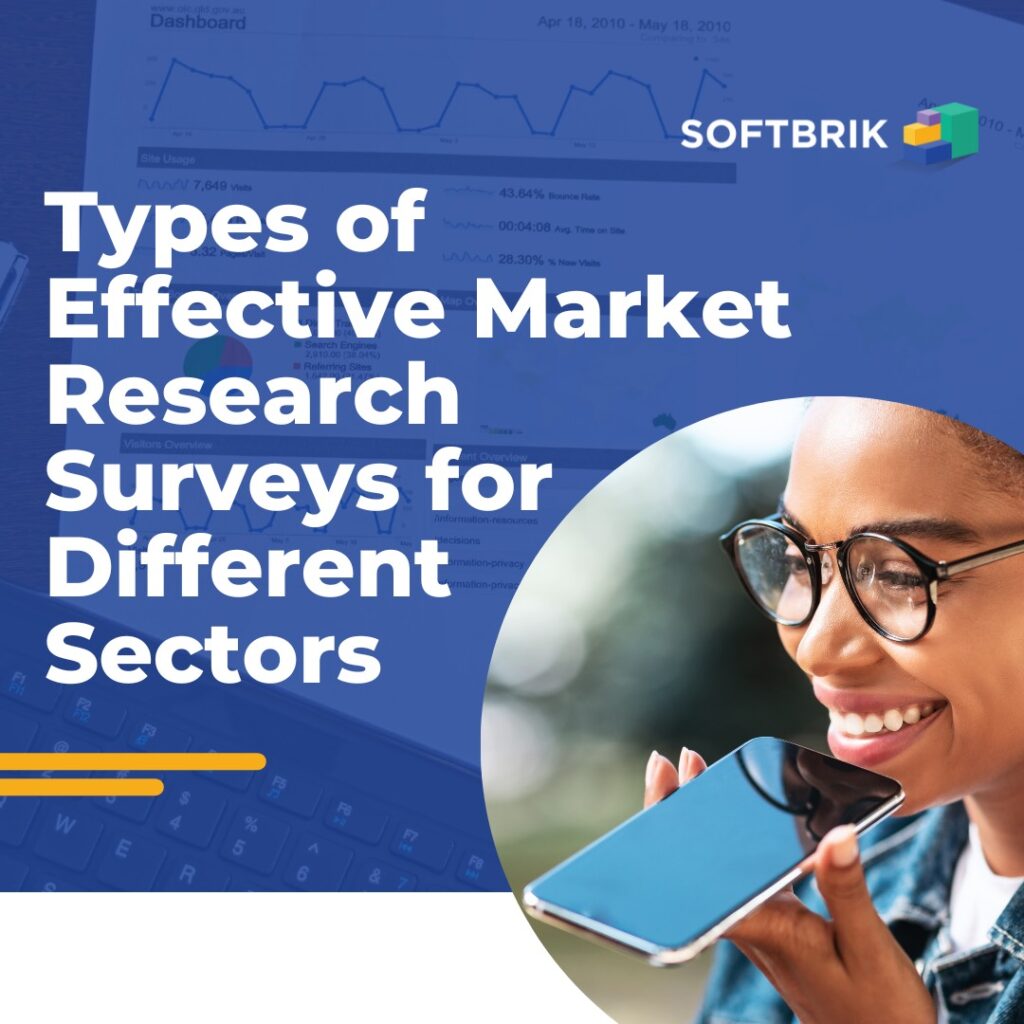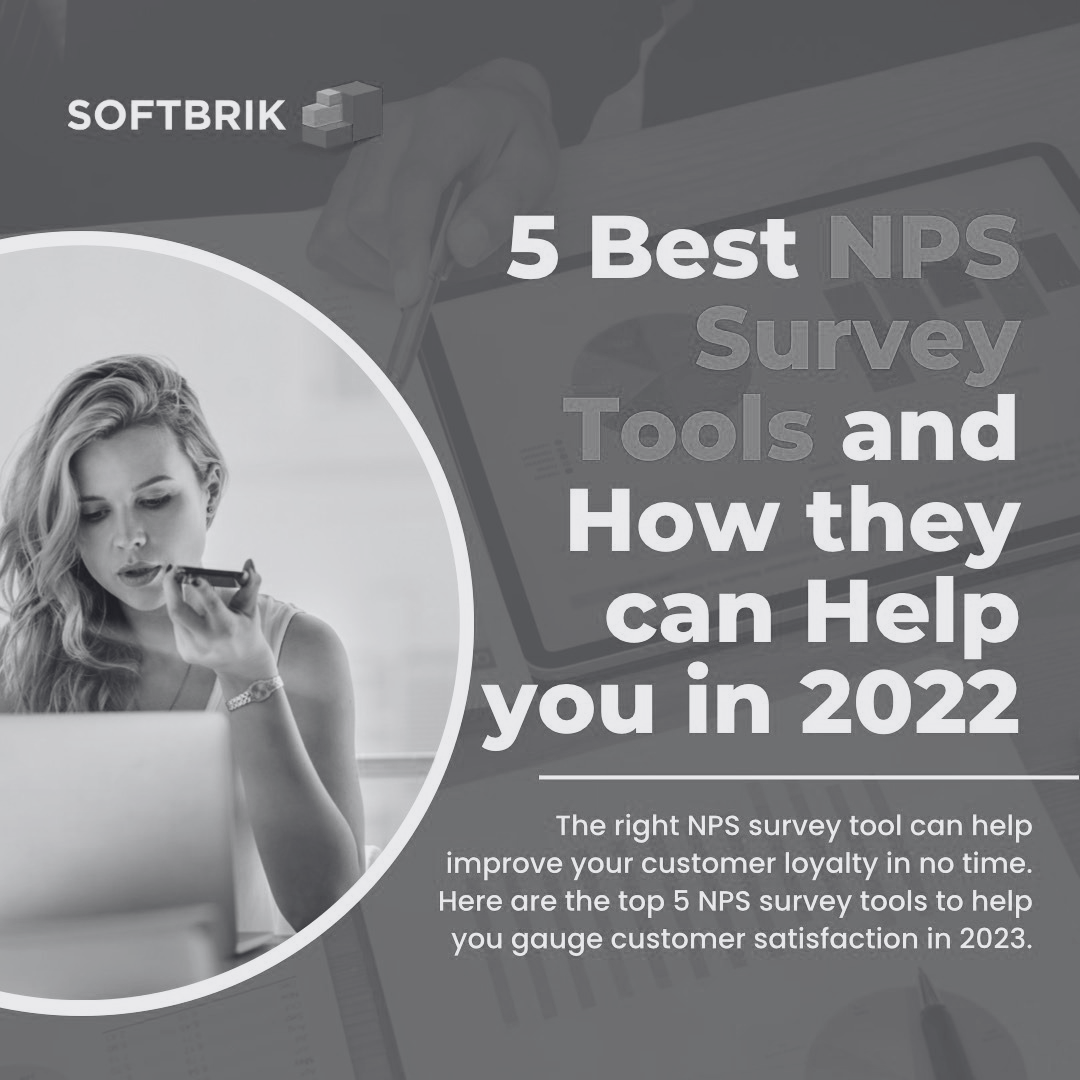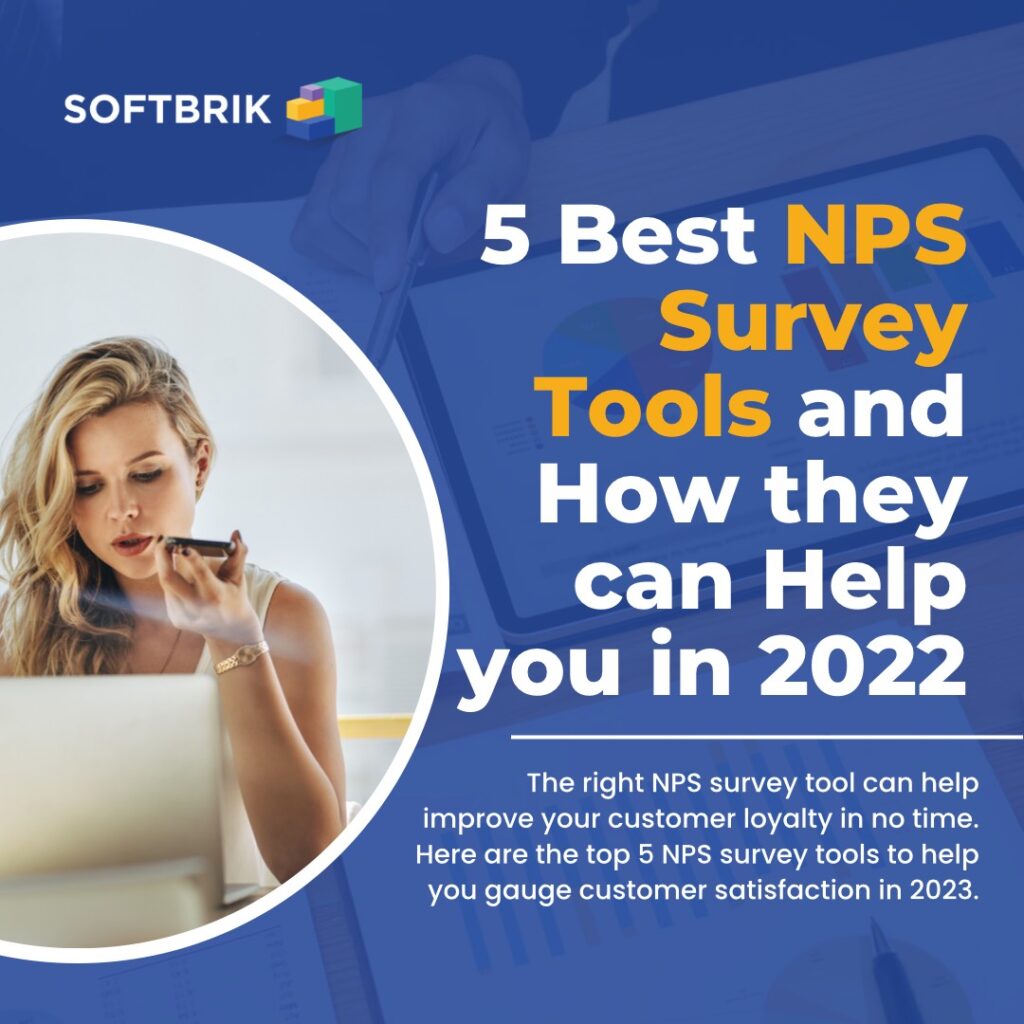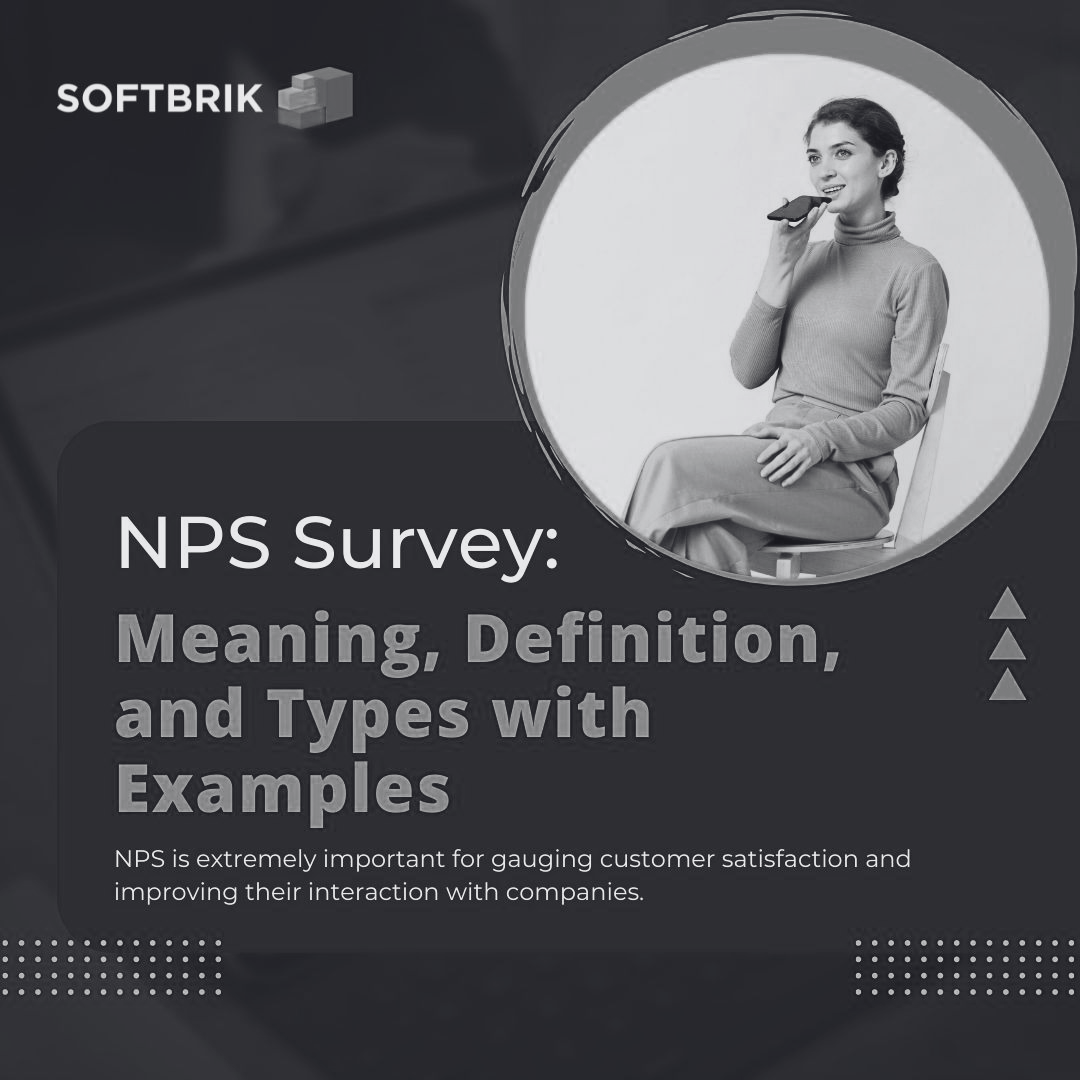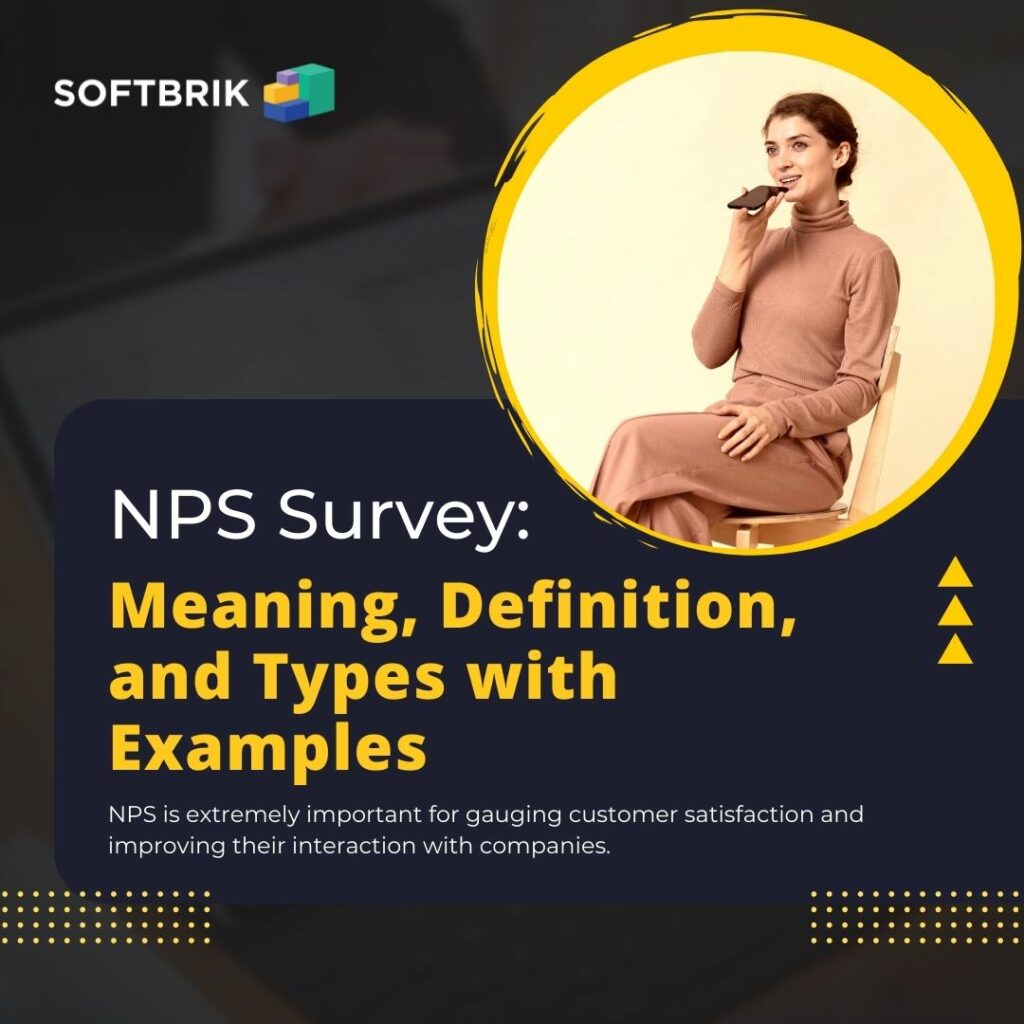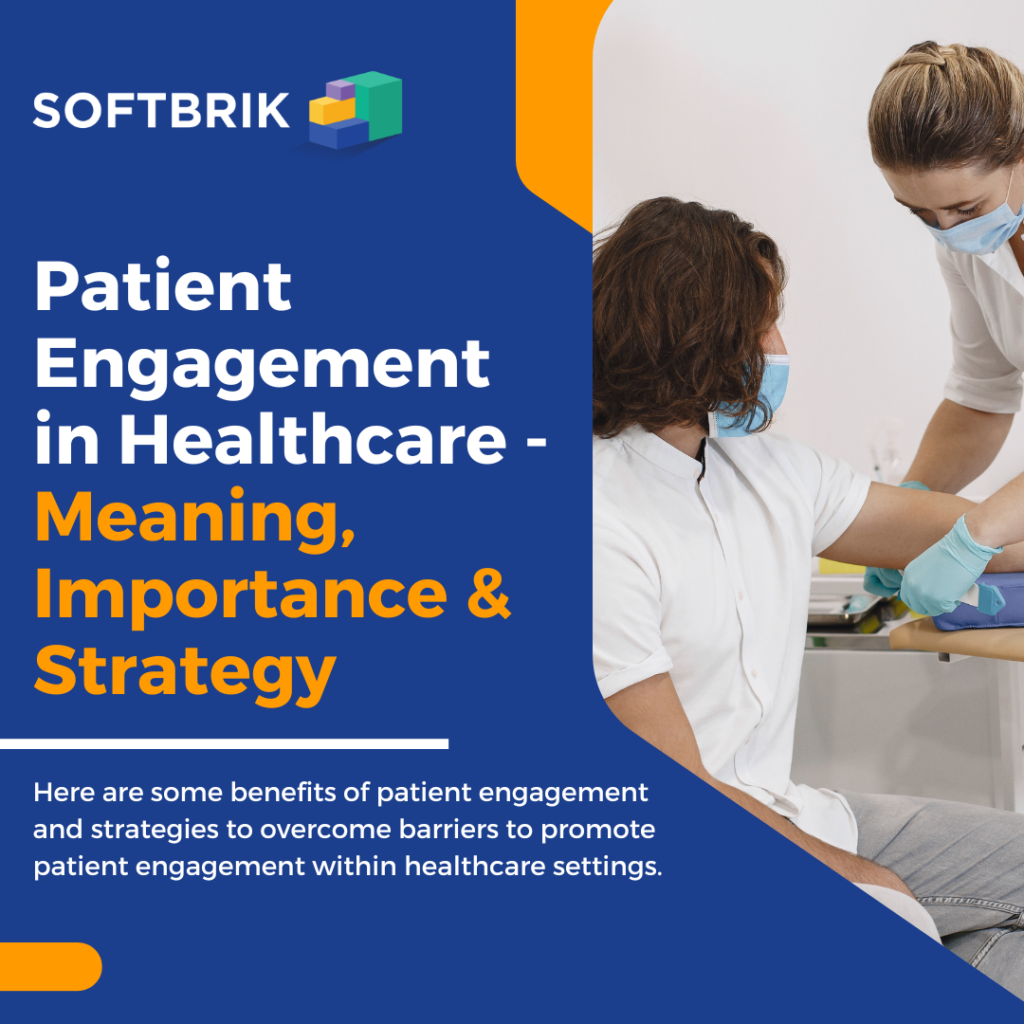
What is Patient Engagement
Patient engagement is the active involvement of patients in their healthcare. It is a process that empowers patients to take a more active role in their well-being and to work in partnership with healthcare providers to achieve better outcomes. It can include educating patients about their condition, giving them tools and resources to manage their health, and encouraging them to provide feedback and input on their care.
Why is it Critical for Healthcare?
Patient engagement is essential for healthcare because it can lead to better Health Improvement and Quality of Life (QoL) outcomes, higher satisfaction, and improved quality of care. Studies have shown that engaged patients are more likely to adhere to treatment plans, have better health outcomes, and experience higher levels of satisfaction with their care.
Patient engagement can also lead to cost savings for the healthcare system. Engaged patients are more likely to take an active role in preventing and managing chronic conditions, which leads to more disease prevention and fewer hospital visits and readmissions.
Furthermore, patient engagement can also improve the quality of care. When patients are more involved in their care, they can better provide feedback and input on their treatment plans, leading to more personalized and effective care. Additionally, when patients are more engaged, they are more likely to be satisfied with their care, which can lead to higher levels of trust and confidence in their healthcare providers.
Patient Engagement Strategies
There are several strategies that healthcare providers can use to improve patient engagement. Some of the most effective strategies include:
Education & Communication
One of the most critical strategies for patient engagement is education and communication. This includes providing patients with information about their condition, treatment options, and resources for managing their health. Additionally, it is important to communicate with patients so that they easily understand and ask questions, and provide feedback on their care.
Usage of Technology
Another effective strategy for patient engagement is the use of technology. This includes electronic health records, patient portals, and mobile health apps. These tools can help patients access information about their health, communicate with their healthcare providers, and manage their care.
Feedback and Evaluation
Another important strategy for patient engagement is feedback and evaluation. This includes regularly collecting patient feedback about their care and using it to improve the care provided. Additionally, it is important to evaluate the effectiveness of patient engagement strategies and make adjustments as needed.
Collecting Patient Intelligence this way is called Real World Evidence generation in healthcare and promotes prevention. Often these actions are linked to guidance from state healthcare authorities. For example, a Washington Post article recently mentioned that the National Health Panel in US have recommended that women should start screening for Breast Cancer from the age of 40 years, lowering the previous recommendation from 50 years at one go!
This is leading to change of strategy for many healthcare provider. They are focusing on massive increase in feedback collection from high probability target demographics of women above 35 years rather than the age of 45 years previously for even better preventive care.

Patient-centered Care
Finally, patient-centered care is one of the most effective strategies for patient engagement. This approach focuses on the patient’s needs, preferences, and values and is tailored to their unique needs and circumstances. When patients feel that their care is tailored to their needs, they are more likely to be engaged in their own care.
Common Patient Engagement Questions
Surveys are an important tool for healthcare providers to gather feedback from patients about their experiences. Several key questions should be included in any patient engagement survey to assess patient satisfaction with the healthcare services they receive, identify areas for improvement, and ultimately drive better patient outcomes. Some of the common patient engagement questions include:
- How satisfied were you with the quality of care you received?
- Was the staff respectful and attentive to your needs?
- Was the waiting time for your appointment reasonable?
- Was it easy to schedule appointments and make changes if needed?
- How satisfied were you with the communication you received from your healthcare provider?
- Were your questions and concerns addressed in a timely manner?
- Would you recommend this healthcare provider to others?
Patient Engagement with Softbrik
This is a hugely under-rated aspect of healthcare that enables patients to take an active role in their health and well-being. By working in partnership with healthcare providers, patients can achieve better outcomes, higher satisfaction, and improved quality of care. The importance of patient engagement is undeniable, and with the help of the right tools, it can be easily achieved.
If you want to increase patient engagement in your practice, Softbrik can help. With Softbrik, patients have a convenient place to engage in their care, leading to improved patient engagement in the practice. It offers a one-stop shop for patient engagement and makes it easier for patients to be more involved in their care.
Frequently Asked Questions
Why is patient engagement so important?
Patient engagement allows individuals to play a more active role in their healthcare and work in partnership with healthcare providers to achieve better outcomes, higher satisfaction, and improved quality of care.
What are patient engagement activities?
Patient engagement activities include patient education and communication, technology usage, feedback and evaluation, and patient-centered care. These activities aim to increase patient involvement in their care and improve the overall quality of healthcare provided.

